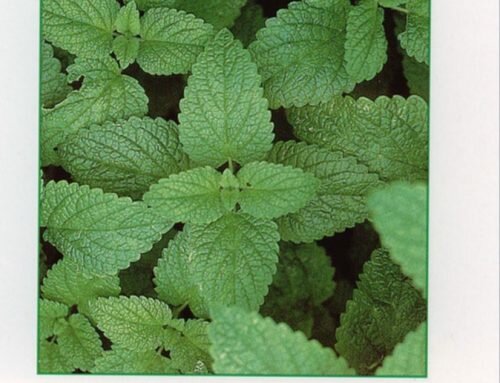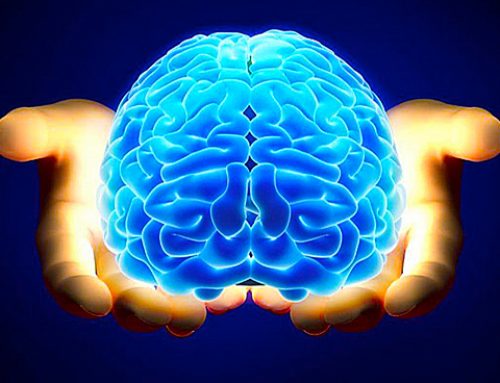Homeopathy is a great ally for women in menopause. It can relieve symptoms such as hot flashes, sweating, irritability, nervousness, depression and many other symptoms of menopause, and it is possible with natural medicine.
Cimicifuga racemosa
Cimicifuga racemosa (Black Cohosh) is a plant that was used in the American Aboriginal population, and later the European, in female pathology.
Cimicifuga racemosa in homeopathy relieves hot flashes, reduces the state of nervous excitement and also the depressive states of women in menopause, it relieves migraine and cardiovascular disorders such as palpitations and tachycardia.
Ignatia amara
It is used to treat mood swings, acting on the psyche, depression, irritability and sleep disorders due to restlessness.
Ignatia amara treats nervous system disorders particularly as it relates to emotion, sensitivity and paradoxical situations that influence the mood of women during menopause.
Ignatia amara also helps in the somatic area of migraines and irregularities in the female cycle, which often are accompanied by cramping in the lower abdomen.
Ignatia amara contains alkaloids, including strychnine, which is able to improve states of weakness and exhaustion and act positively on sexuality.
Lachesis mutus
The venom of the snake “bushmaster” is used in vasomotor disorders such as hot flashes exchanged with chills, palpitations or headaches.
Lachesis mutus also acts on reconstituting the balance of psychological symptoms such as anxiety and depressive states, oppression and insomnia that occur in women due to internal unrest.
The active substances in snake venom are exclusively peptides and enzymes. The peptides are neurotoxins that inhibit ion channels or receptors on the cell membrane, while the enzymes have proteolytic, coagulant, haemolytic or cytolytic characteristics.
Without a doubt, here the proteolytic, cytolytic and the influence on coagulation of the blood predominate over the neurological effects.
Sanguinaria canadensis
Sanguinaria canadensis, or bloodroot, develops its effect throughout the somatic area. Sanguinaria canadensis has vasomotor activity therefore is very effective in different types of headaches, especially migraines during menstruation. It is effective in hot flashes where there is a rush of blood (redness of the face and neck) and accelerated heart activity.
Also the metrorrhagias or prolonged bleeding that some women experience in pre-menopause respond well to treatment with Sanguinaria canadensis.
Sepia officinalis
In homeopathy we use the contents of the ink sac of the squid Sepia officinalis Linnaeus.
Sepia officinalis is used primarily in women in whom an impaired interaction is evident between hormones of the adrenal, sexual and pituitary glands.
The central action of Sepia officinalis is in the psyche, in depression, irritability, and listlessness. But Sepia officinalis also has positive effects on the somatic area, on local sweating, hot flashes, headache, venous oedema, menorrhagia, exhaustion and fatigue.
Just out of curiosity, we explain the possible mechanism of the action of Sepia officinalis. In its composition it contains different salts (calcium carbonate, magnesium carbonate, sodium sulphate and sodium chloride), it also contains the pigment melanin and iron traces.
Melanin is a polymerisation product synthesised from the amino acid tyrosine and the intermediate dihydroxyphenylalanine (DOPA). DOPA is both an intermediate in the synthesis of catecholamines, dopamine, noradrenaline and adrenaline in nerve cells and adrenal glands.
It is speculated that a disorder in the dopamine level and in the overall homeostasis can lead to depression (1). And the involvement of neurotransmitters dopamine, noradrenaline and others (2) in thermal regulation as causes of hot flashes is also discussed.
(1) Sauermost R (Red.). Lexikon der Biochemie und Molekularbiologie in drei Bänden. Bd. und II Herder, Freiburg Basel Wien (1991)





